5. West Side Story (1961)
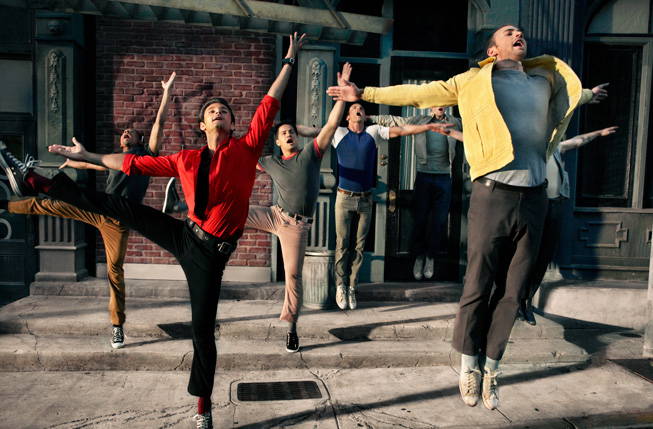
What can be said about this modernized Romeo and Juliet tale that hasn’t been already covered? The use of song to imitate lovers romancing and gangs challenging one another is pure genius (and the songs are catchy to boot).
The exaggerated gel filters and stage lighting imitate the neon signs and street lights of New York, where electricity is the moon that lights up the night time. The dances that are meant to be intimidating may not have aged nearly as well, but the intention rings stronger than the execution in this case.
Essentially, Robert Wise’s translation of this play into a film is one of the more clever approaches to have ever been attempted. It has the mind and body of a film but the heart of the stage, which coincidentally mirrors the dilemmas its characters face: a lack of their dream identity. West Side Story is rich in colours, melodies, performances and writing.
It is also cunning, as it sets up a world where even danger seems to keep its cool until the bitter end that still feels like a dream well after viewing it. How could that finale happen? Well, like most aspects of West Side Story, the unimaginable just works.
4. Midnight Cowboy (1969)
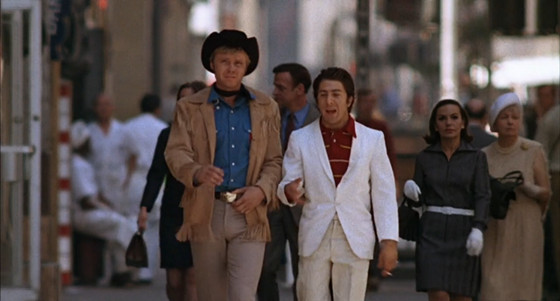
We have reached the most experimental Best Picture to ever win. With the taming of the Academy’s selections since the early ‘80s and the cap on how far films can branch out with their riskiness in recent years, we will never see a film as daring as Midnight Cowboy win this award again.
This X-Rated film (another Academy accomplishment) showcases a Texan man who flees to New York to pursue being a male prostitute, where he befriends a poor and fragile swindler. The film reeks of pollution, street trash and filth, and the clean-cut Joe Buck just does not fit the picture at all; he even feels out of place during his times of turmoil.
The film dabbles in avant-garde editing, surreal dream/nightmare sequences and unspeakable subject matters. Its content may not be as disturbing now, but it once was one of the most daring films out there. It opened the world to the kinds of adventurous filmmaking that the death of the Hollywood Code brought us. We were no longer being spoon fed, and have our hands held firmly while we cross the road.
Midnight Cowboy pushed the limits of two acting greats (Jon Voight and Dustin Hoffman) by giving them uncomfortably brash dialogue, frigid sets and nothing but the greeds and perversions of mankind to work with. There’s a reason why a film this unorthodox remains beloved, and that’s because it is far more put together than it leads you to believe.
3. My Fair Lady (1964)
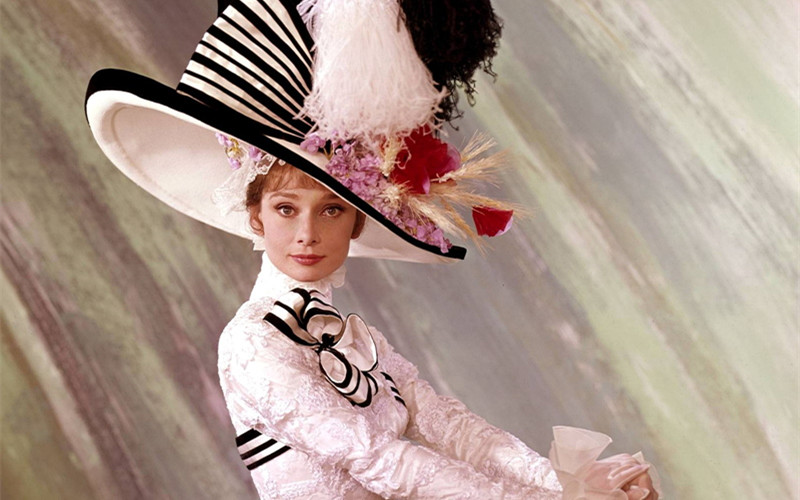
With Gigi much further towards the bottom of this list, My Fair Lady has finally been reached. This film is not only better than its predecessor in virtually every single way, but it is also the highest ranking musical film here. There are a few reasons for that. The mixture of elocution lessons and the art of singing is brilliant.
We can see the shifting voices of Eliza Doolittle’s, as she shifts from an odious flower girl of the streets into a dignified socialite that turns heads. In the end, was Eliza really that awful of a human being from the start, or was it Henry Higgins, who was so shallow that he sought to turn an “ugly” girl into a pretty woman?
The human voice is toyed with and battered back and forth. The sets reveal themselves as creatures of the stage (where one scene even freezes in place a la tableaux like a cast on Broadway would). The music, based around inner thoughts and recital exercises, remains some of the best of any musical.
The upper class are okay with a bet being made on a poor girl’s transformation, while her loved ones see it as a justifiable excuse that she is at least being taken care of. The classes are only connected together by Eliza Doolittle, who explores the environments of the humble and poor along with the rich and snooty. My Fair Lady is a definitive musical that knows how to be one (and more).
2. The Apartment (1960)
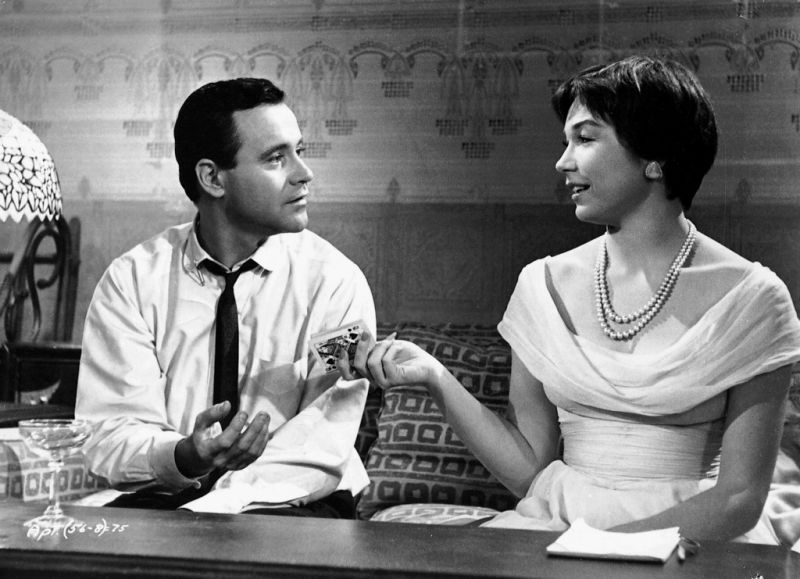
How can anyone realistically claim any Billy Wilder film to be his best? He has just created so many winners, that it seems nearly impossible to pick just one film. The Apartment definitely has its share of reasons as to why it may end up being one of his best achievements.
Firstly, it starts Jack Lemmon and Shirley MacLaine in what may be some of the finest acting work both stars have ever accomplished. Secondly, the timing of each shenanigan is impeccable. Bud Baxter is tossed around like a hot potato from his apartment to various places in his office building and even parts of New York.
The main reason why The Apartment shines is because it follows the complexities of one of Wilder’s noirs and offers, instead, a comedy that becomes somewhat of a labyrinth for each of its characters. When these characters realize truths, it can be heartbreaking. You witness numerous acts of adultery, but it is the characters you know the most that end up getting to you.
These realizations suddenly impact every other case you have witnessed. How many other innocents are involved here? The Apartment is a look into the taboo, an observation of its outcomes and the reflection on the reinvention of self worth.
1. Lawrence of Arabia (1962)
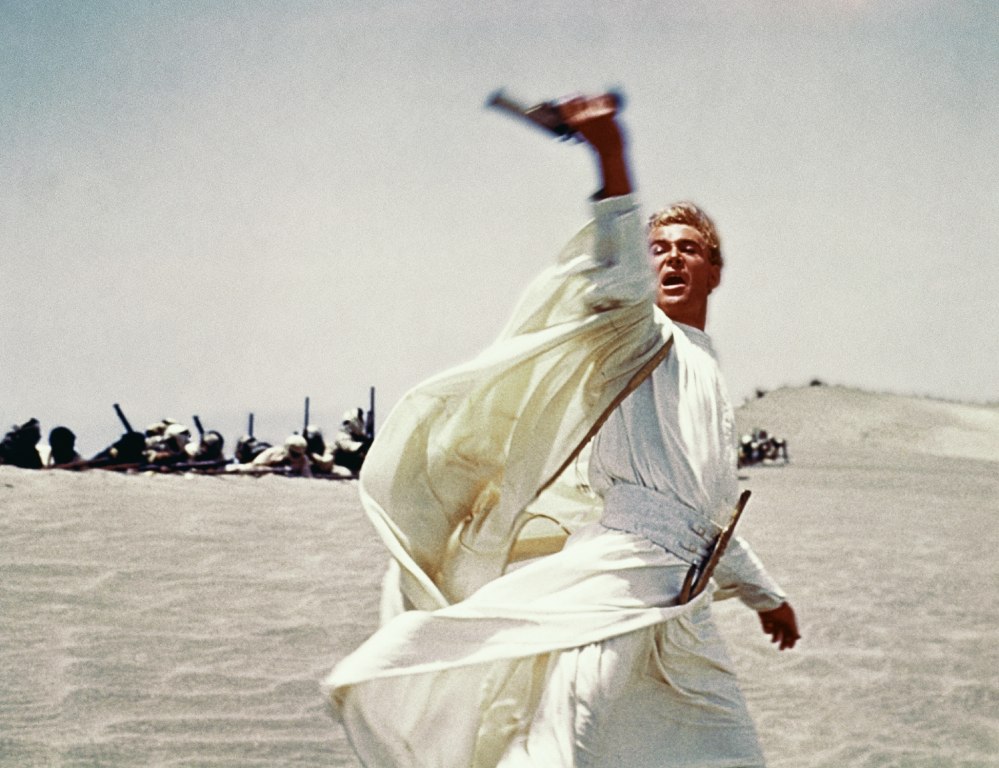
This may be the longest Best Picture winner, depending on what version of Gone With the Wind you are watching. It will also be a trip you cannot believe wasn’t even longer. After The Bridge on the River Kwai, it seemed impossible for Sir David Lean to better himself, and yet Lawrence of Arabia was longer, bigger, and somehow even more ambitious.
It also rested on the shoulders on a relatively unknown actor at the time; Peter O’Toole was featured at the end of the billing as an “introducing” credit. O’Toole had to carry the weights of Anthony Quinn, Sir Alec Guinness, Omar Sharif, Jack Hawkins and more. He had to bring a real person back to life and portray his highly divisive methods (as shown in the film, Lawrence had as many people who disagreed with him as those who supported him) with an unbiased reality.
O’Toole delivers one of the greatest (if not the greatest) performances of all time, and he flings you on his back and sprints you down the massive running time. O’Toole has pinpoint comedic timing accuracy, but can drop a life-altering speech perfectly at the drop of a hat. This is one of the most complex performances you will ever see, and it was granted to someone people knew very little about at the time. In a film where sand and sky take up most of the picture, not a second of it is boring.
Lean trusted his cast (particularly O’Toole), the deserts of Morocco and Jordan, and the power of the original story of T. E. Lawrence. This is why Lawrence of Arabia is lightning in a bottle: it wasn’t just made by the right people, it was made with complete faith in all of its parts.
Author Bio: Andreas Babiolakis has a Bachelor’s degree in Cinema Studies, and is currently undergoing his Master’s in Film Preservation. He is stationed in Toronto, where he devotes every year to saving money to celebrate his favourite holiday: TIFF. Catch him @andreasbabs.